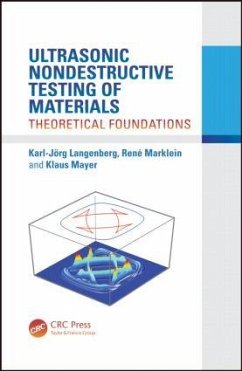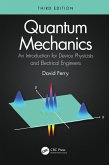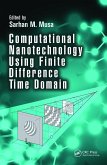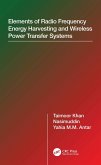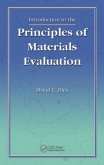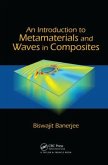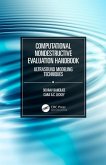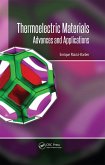Ultrasonic Nondestructive Testing of Materials: Theoretical Foundations explores the mathematical foundations and emerging applications of this testing process, which is based on elastic wave propagation in isotropic and anisotropic solids. In covering ultrasonic nondestructive testing methods, the book emphasizes the engineering point of view, yet it relies on the physics and mathematics aspects involved in elastic wave propagation theory. As a result, this resource becomes a missing link in the literature by combining coverage of the theoretical aspects of testing and providing intuitive assessments of numerous standard problems to illustrate fundamental assertions. Content includes a brief description of the theory of acoustic and electromagnetic fields to underline the similarities and differences as compared to elastodynamics. It also covers vector algebra and analysis, elastic plane and Rayleigh surface waves, and ultrasonic beams, as well as transducer radiation, inverse scattering, and ultrasonic nondestructive imaging. Includes numerical computations to explain wave propagation phenomena and compare results of analytical formulations Although ultrasonic nondestructive testing can often be roughly understood in terms of plane waves and beams, this book addresses the key issues of transducer radiation and defect scattering and imaging, respectively. The authors physically formulate point source synthesis, and, in mathematical terms, they use representation integrals with Green functions, always including intuitive interpretations with mathematical evaluations. Replacing cumbersome index notation with a coordinate-free version, this reference offers step-by-step documentation of relevant tensorial elastodynamic cases involving isotropic and anisotropic materials. It provides all necessary mathematical tools readers require to understand the mathematical and physical basis for ultrasonic nondestructive testing.
This book features a comprehensive discussion of the mathematical foundations of ultrasonic nondestructive testing of materials. The authors include a brief description of the theory of acoustic and electromagnetic fields to underline the similarities and differences with respect to elastodynamics. They also cover vector, elastic plane, and Rayleigh surface waves as well as ultrasonic beams, inverse scattering, and ultrasonic nondestructive imaging. A coordinate-free notation system is used that is easier to understand and navigate than standard index notation.
This book features a comprehensive discussion of the mathematical foundations of ultrasonic nondestructive testing of materials. The authors include a brief description of the theory of acoustic and electromagnetic fields to underline the similarities and differences with respect to elastodynamics. They also cover vector, elastic plane, and Rayleigh surface waves as well as ultrasonic beams, inverse scattering, and ultrasonic nondestructive imaging. A coordinate-free notation system is used that is easier to understand and navigate than standard index notation.

